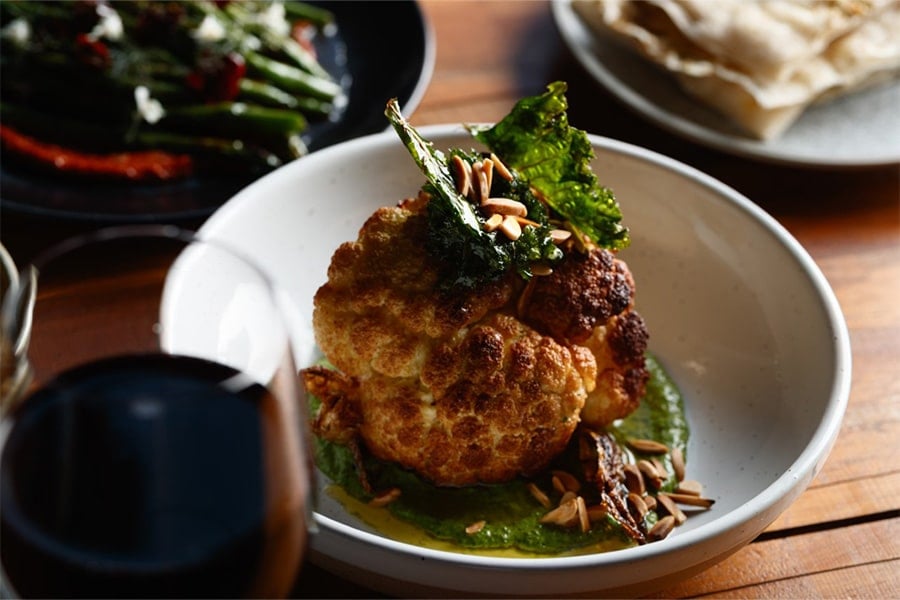
It feels safe to declare that as we enter the fourth quarter of the worlds second year of living with COVID-19, many of us have seen better days mentally. With burnout rife and fatigue having set in, some days have us feeling particularly more despondent than others. Sitting in uncomfortable emotions is never a first choice for many of us, and while we would like to assure ourselves that we are all self-aware beings who take full responsibility for their emotions, that isn't always reality. Practicing mindfulness, while tedious in theory, can allow us to discern these feelings, emotions, and thought processes and bring us greater clarity to surrender to what is.
It guides us to truly being in the present. To meet experiences with embodiment and to remain open to each moment. In turn, mindfulness can help to quell anxiety, ease stress, and help us feel better equipped with certain tools to guide us through moments of turbulence. Below, we've compiled the best mindfulness activities for self-awareness and calm.
Intention setting
Setting intentions before beginning a task, or beginning the day can help to clear the mind and set it on a positive and optimistic track. Adopted in many forms, setting intentions can look like writing them down, saying them out loud, taking a moment to think about you intentions, or meditating. Your intentions can be verbal affirmations, or commitments to actions, whichever feel best for you.
Journalling
A stream of consciousness style exercise to help de-clutter the mind. Journalling doesn't have to look like a "Dear diary" situation, just let the thoughts flow whenever things feel crowded in the brain. For some, journalling each morning feels beneficial, for others, it's when the mood strikes. Either is great as long as it feels right for you.
Practicing gratitude
While practicing gratitude seems like a simplistic strategy, many studies and reports have shown that actively acknowledging gratitude can have a positive effect on long term mental health. This can be done by verbally listing what you are grateful for in the mirror or to a loved one, or physically listing them in a journal or notepad. Helping to ground us through difficulty, try and be as specific as possible. Instead of top-line answers like "I am grateful for a home", try getting into the details of the day or the previous day, and acknowledge moments that brought you joy and peace.
Alternating breath exercise
Alternate nostril breathing is a yogic breath technique that can reduce stress and bring us fully into the present moment. To practice alternate nostril breathing, focus on keeping the breath slow, smooth, and continuous to remind yourself of the cycle. Sit in a comfortable position and lift you right hand up to your nose. Place the index finger and middle finger on the forehead in between the eyebrows. Exhale completely and use the right thumb to close the right nostril. Inhale through the left nostril and then close it with the ring and pinky fingers, open the right nostril and exhale through it, then inhale through the right nostril, close it, and exhale through the left nostril. This is one cycle, to continue, inhale through the left nostril and repeat the process for up to five minutes. It is recommended to always finish with a left-side exhale.
Earthing
We could go on about the scientific research behind earthing, but as a general rule, standing or sitting on the earth is a great tool to connect us to the planet we inhabit, and bring us into the present. Feeling the ground beneath us can remind us of what we have to be grateful for, and provide a sense of calm and grounding.
Having a cold swim or shower
Submerging your body in cold water, whilst theoretically unpleasant, can be one of the most invigorating things we can do for ourselves. Wim Hof has built an entire brand off his research towards the benefits of icy plunges. Alongside a myriad of health benefits that include an improved immune system, taking the plunge helps us return to the breath and ground us in the moment and we breathe through the challenge.
Mindful eating
What this isn't, is being mindful about what you eat. What it is, is practicing mindfulness while we eat, to once again bring our awareness into the present. With so many of us on autopilot throughout the day, meals can be a great opportunity to take a break and notice things. This can include putting the phone or TV away during meals, paying attention to how things taste and feel in our mouths, and chewing slowly to aid digestion.
Stretching
Feeling embodied starts by acknowledging the body, and what better way to do so than getting deeper into it. Because stretching requires slowness and stillness, it is the perfect opportunity for us to return to breath and breathe ease into parts of the body that are feeling tightly wound. While we increase the flexibility of our limbs, we are able to increase mind-flexibility, too.
Meditating
Perhaps the most clear-cut mindfulness practice is meditating. While harder to master for some, the benefits of meditation are endless, and they begin and end with noticing the breath and improving mental clarity. If meditation feels right for you, we would recommend it as a mindfulness end game.
Single-tasking
The only requirement of single-tasking is showing up fully to whatever task you’re working on. Focusing on one task at a time aids in freeing up mental space and can improve focus. To deepen the practice, notice your breath, how your body feels, and the elements arounds you.



